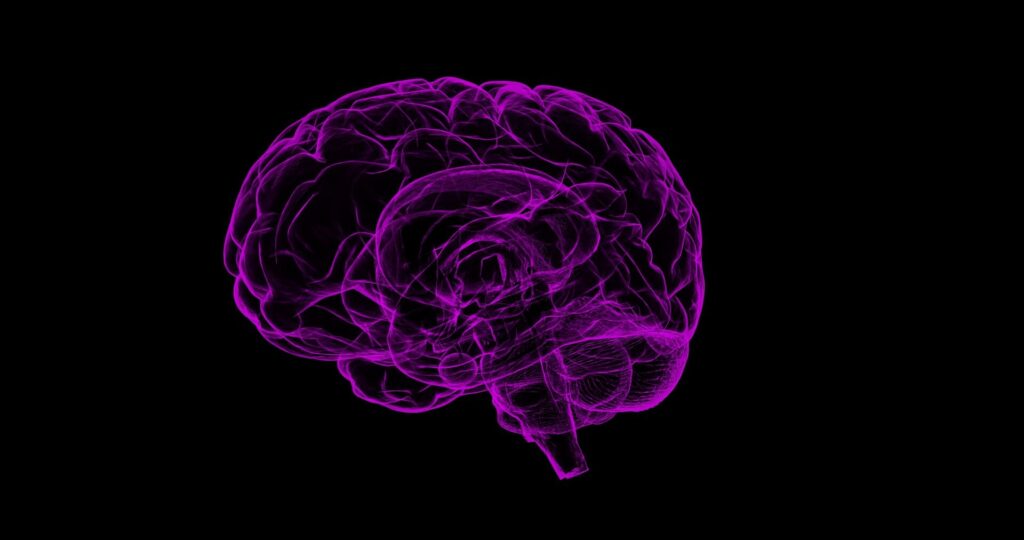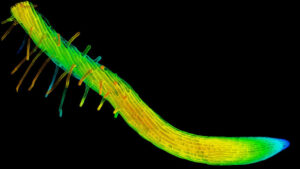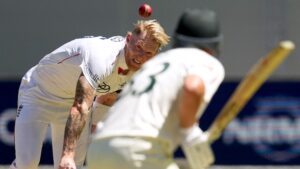
In a groundbreaking study, Northwestern Medicine researchers have cast doubt on the widely held belief that playing contact sports like football and hockey significantly increases the risk of brain diseases such as Alzheimer’s or chronic traumatic encephalopathy (CTE). This conclusion stems from an analysis of 174 donated brains, including those of former high school and college football players, which found no significant increase in a specific brain protein associated with these conditions.
The study, published in the Journal of Alzheimer’s Disease, involved the examination of brain tissue from the Lieber Institute for Brain Development. The research focused on a small memory-related region of the brain known as CA2, part of the hippocampus, which is known to accumulate phosphorylated tau (p-tau) protein. This protein is often linked to neurodegenerative diseases, but the study found no over-representation of p-tau in individuals who participated in youth football.
Reassessing the CTE Narrative
Dr. Rudolph Castellani, the study’s corresponding author and a professor of pathology at Northwestern University Feinberg School of Medicine, emphasized the significance of these findings. “The long and short of it is no, this protein in this specific brain region is not increased in people who played football at the amateur level. It throws a little bit of cold water on the current CTE narrative,” Castellani stated.
This revelation challenges the prevailing assumptions about the relationship between repeated head impacts in sports and the development of neurodegenerative diseases. The study suggests that the presence of p-tau in the CA2 region may be more closely associated with age rather than participation in contact sports.
Methodology and Findings
The researchers analyzed brain samples from older adult men, with a median age of 65 at death. Of the 174 samples, 48 men had played football in high school or college, while 126 had no history of participating in contact sports. Notably, the study did not include brains from professional athletes, focusing instead on amateur-level participants.
The findings indicate that p-tau buildup in the CA2 region is not specific to those who played contact sports. Instead, it appears to be a common feature associated with aging. “What’s novel here is a return to the null hypothesis—that there may be no link between repeated head injuries and p-tau buildup in this location,” Castellani explained.
Broader Implications for Neurodegeneration Research
This study highlights the complexities and challenges in the field of neurodegeneration research. The authors stress the importance of critically evaluating pathological findings and caution against expanding the boundaries of what is considered normal variability in the human brain without clear clinical correlation.
“Modern studies on CTE may be expanding the boundaries of what’s considered normal variability in the human brain,” Castellani noted. “This work reminds us to be cautious in interpreting pathology without clear clinical correlation.”
The authors call for larger studies to further explore the relationship between p-tau, aging, and head injuries. They urge the scientific community to critically assess the assumptions surrounding neurodegenerative diseases and the interpretation of subtle brain changes.
Future Directions and Research Needs
The study’s findings open new avenues for research into the causes and mechanisms of neurodegenerative diseases. By challenging the current understanding of CTE and its link to contact sports, the researchers emphasize the need for a more nuanced approach to studying brain pathology.
The authors advocate for larger-scale studies to better understand the role of p-tau in aging and its potential connection to head injuries. Such research could provide valuable insights into the development of neurodegenerative diseases and inform future prevention and treatment strategies.
As the scientific community continues to explore the complexities of brain health, this study serves as a reminder of the importance of questioning assumptions and seeking evidence-based conclusions. The ongoing dialogue around CTE and contact sports will undoubtedly benefit from this critical examination of existing narratives.






